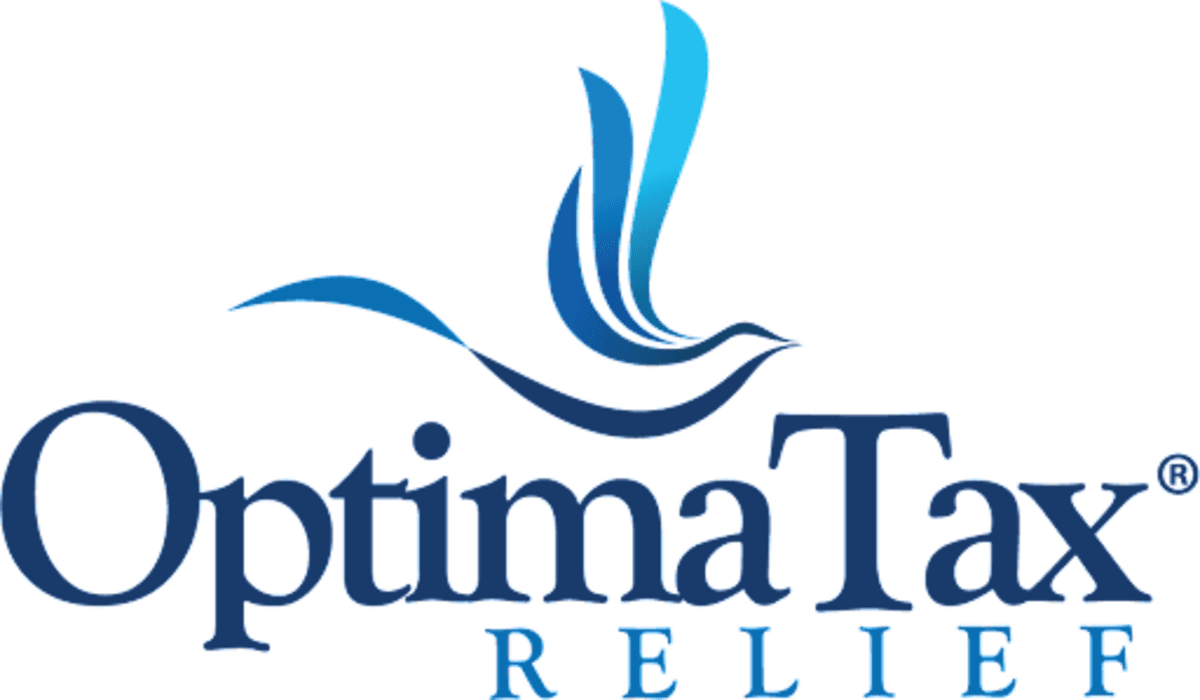More than half of Americans donated to charity in 2021. Taxpayers may deduct charitable contributions made to qualified organizations if they itemize their deductions. Optima Tax Relief reviews tax-efficient strategies for charitable giving.
Contribution Limitations
Currently, the IRS allows individuals to deduct qualified contributions of up to 100% of their AGI, while corporations can deduct up to 25% of their taxable income. If they reach the 25% cap, the remaining amount can be carried over to the following tax year. Qualified contributions must be cash contributions made to a qualifying organization during the tax year. Any contributions that do not fit this standard have deduction limitations. Typically, they are limited to 50% of the taxpayer’s AGI.
Qualified Charitable Distributions
For retirees aged 70 ½ or older, and who have IRA accounts, it may be more beneficial to use qualified charitable distributions (QCDs). QCDs are direct transfers from IRA accounts that can reduce adjusted gross income, as well as satisfy any annual required minimum distributions. Taxpayers aged 70 ½ or older are eligible to use QCDs and can donate up to $100,000 per year. Taxpayers can begin counting these donations as required minimum distributions beginning at age 72. Many financial advisors suggest this should be the first option of giving for taxpayers that fit the age range.
Donor-Advised Funds
Another popular tax-efficient strategy for charitable giving is donor-advised funds (DAFs). A DAF is essentially a charitable giving account administered by a public charitable organization intended to manage charitable donations on behalf of individuals or organizations. Upon transferring assets to a donor-advised fund, the taxpayer who itemizes deductions can claim an upfront tax write-off. They can then make future gifts from the account. Not only does this strategy offer a simplified way of recordkeeping and organization, but it allows taxpayers to invest their DAF assets for growth tax-free.



































